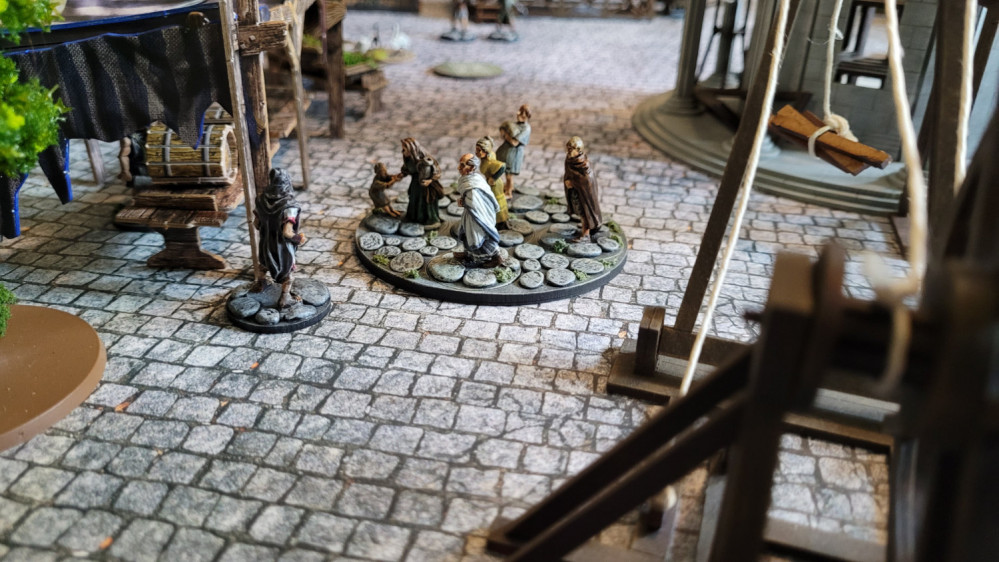
Returning to Gangs of Rome
Scenario III: Bounty
The third “training” scenario is more directly confrontational than the first two. The game doesn’t start with any objective tokens on the board; instead, each time a gang fighter is eliminated, they turn into an objective which needs to be picked up and held for the remainder of the game. If a gang fighter holding an objective is eliminated, that objective is removed from play, but the eliminated gang fighter becomes a new objective to be collected.
For this game I’ve decided to base my gang on the Idles of March, a group of thieves whose sculpts are apparently based on some of the game’s playtesters. If any of you are reading this, I apologize in advance for whatever befalls you…
The Idles of March are based on making use of the Thief ability, so I’m backing them up with Regulus Opiter, an additional thief, as well as Caesennia, an acrobat, and Antonia, a general fighter armed with a ranged weapon. These characters were all generated using the game’s random fighter generation system, except for Antonia who was converted from the first edition stat card that came with the miniature.
We just finished re-watching Rome, so my opponent has opted for Vorenus and Pullo, two miniatures from Warlord’s Hail Caesar range that fit in here well enough. The fighter generation system for Gangs of Rome allows you to create characters either using random dice rolls or by deliberately choosing stat levels, equipment and abilities. The stats we came up with for Pullo and Vorenus have them with high attack values and equipped with Centurion armor. Vorenus has the Formidable ability, which lets him reroll failed defense rolls, and Pullo has Robust, which reduces the wounds he takes from melee attacks.
The Veterans of the Aventine seemed like the logical gang to team up with Pullo and Vorenus, so my opponent has chosen them plus two extra fighters that have been converted from first edition cards.
After the last game we’ve decided to tone down the number of non-player characters in this game. Like last time we’ll be using three mob bases and the Vigiles, but this time we’re only using two Incola, and they’re both stationary shopkeepers so we won’t have to worry about moving them around the board and figuring out targets for them. Our two Incola are Eurysaces the Baker, whose beneficial bread tokens can be snatched by gang fighters and used when needed to gain a bonus to any game stat; and Gallan the Greek, who gives out poison tokens that can be used to add the Poisoned Blade ability to one attack.
We did learn that we were activating the mobs somewhat incorrectly in our last game. After setup, you’re supposed to add one activation token to the game for every two mobs — we had one for every mob, which meant a lot more mob movement and reactions, which also meant that the Vigiles were activating a lot more often than they should have been. Hopefully we’ll get it right this time, and the game won’t seem quite so chaotic.
The first round mainly consisted of both of us rushing the market stalls to grab bread and poison tokens. By round two we had quite the marketplace riot going, and my opponent made the first kill thanks to clever positioning of an angry mob (in Gangs of Rome, when an attack is made in the presence of a mob base, you roll to see what their reaction is — they can either be scared, in which case they run away, trampling anyone in their path; ambivalent; or angry, in which case they attack the closest gang fighter involved in the combat, even if they are the defender). Sorry, Christophorus…
Over the next two rounds, we ended up with three casualties: two of my fighters and one of my opponents, which resulted in three objective tokens being put into play. This is where my gang of thieves came into their own. The Thief ability allows you to steal objectives from opposing gang fighters, and with three thieves in my gang I finished out round four with two of the three objectives, enough to win the game if I could only hold on to them until the end of round five.
Over the course of our game we had a lot of great cinematic moments, of the sort that Gangs of Rome seems designed for. The Vigiles (Roman town watchmen) showed up and started attacking gang fighters indiscriminately (as they do). My acrobat climbed to the roof of one of the shops and started throwing amphora (clay pots) at opposing characters in the street below, which had the extra effect of attracting the mob and the Vigiles. Titus Pullo chased one of my fighters halfway across the board and hacked him to pieces, conveniently out of sight of the crowd or the Vigiles. And poor Antonia, my javelin thrower, got heavily wounded in a back alley and had to take refuge in the back yard of the bakery to bind her wounds.
In the final round, it came down to Cephas Antonius, my gang’s leader, who had stolen one of my opponent’s objectives and had taken refuge in the scaffolding of an under construction temple. Most of the gang fighters on both sides had scattered in the previous round, in order to get away from the mob and the Vigiles, so my opponent only had one fighter (The Optio, one of the Veterans of the Aventine) who was close enough to try for the objective, and I didn’t have anyone nearby to help.
The Optio chased Antonius up the scaffolding to the temple’s roof. It all came down to The Optio’s successful Shove attack, which pushed Antonius off the roof. He fell to his death and turned into an objective, and my opponent had a nearby gang fighter who was able to move in and pick it up. An epic finish to an absolutely thrilling game.
Now that we’ve played through all three of the “starter” scenarios, I think I’ll call this project complete. I definitely want to play some more Gangs of Rome in the future. The game has what looks to be a pretty good campaign system that might be worth trying, as well as several more stand-alone scenarios.
It’s a great game that does a lot of things other games don’t do. You really have a sense that you’re playing in a crowded, vibrant city, and the action system makes each model’s turn seem a lot more fluid than the usual “two actions per turn” we get from most games — it gives you a lot of interesting risk vs. reward decisions to make.





























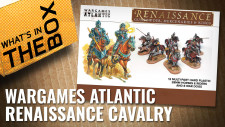




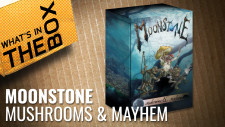
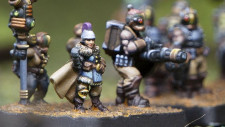
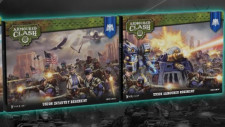




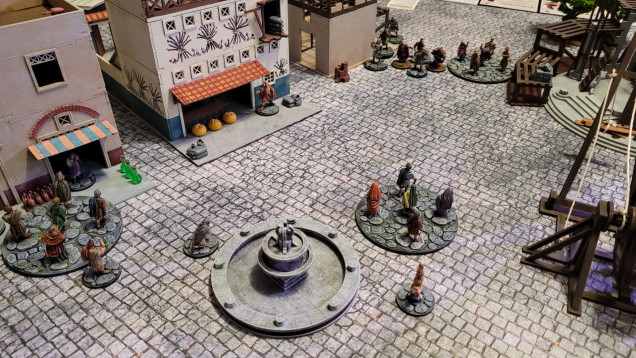
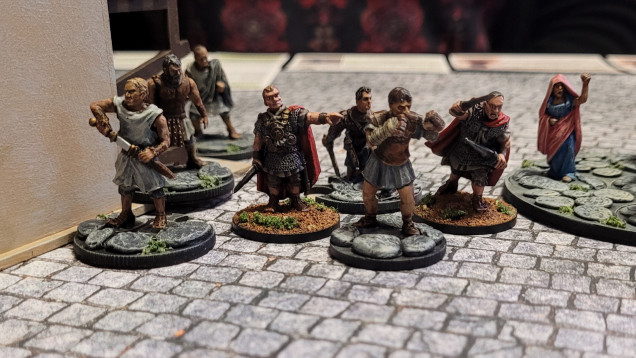
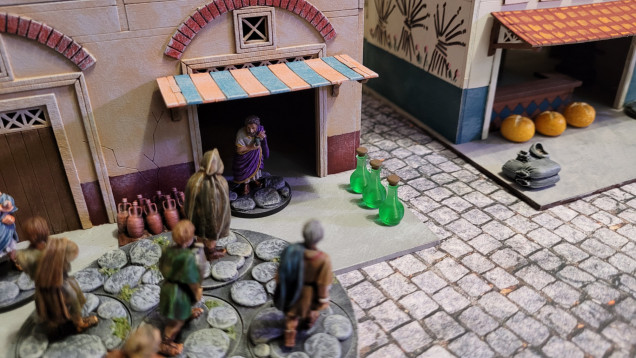
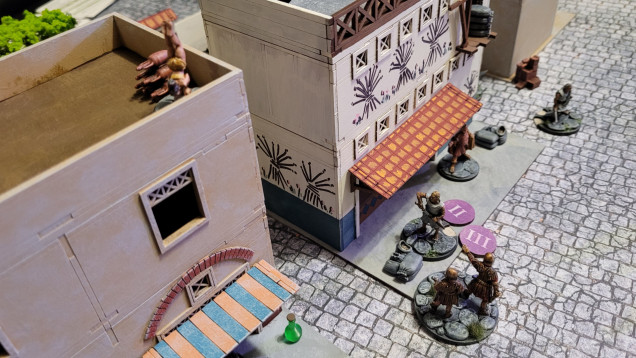
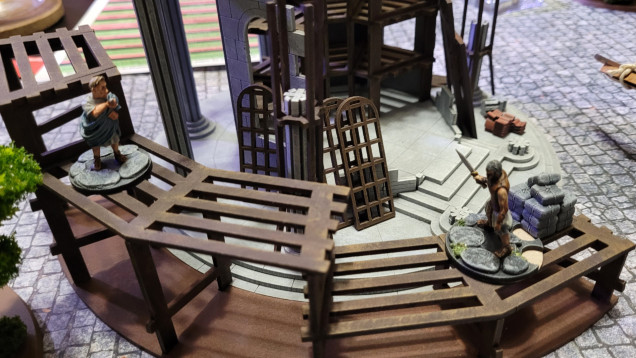


























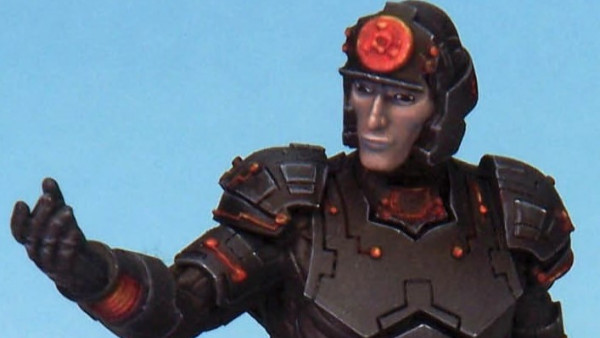

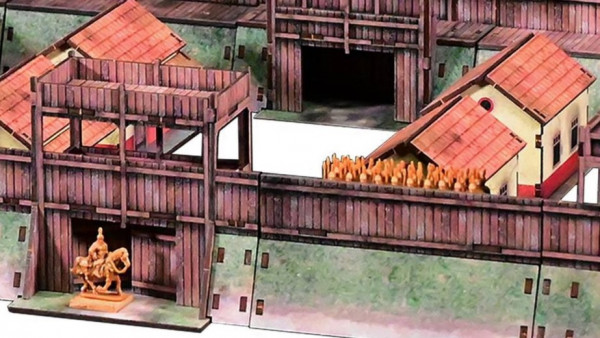
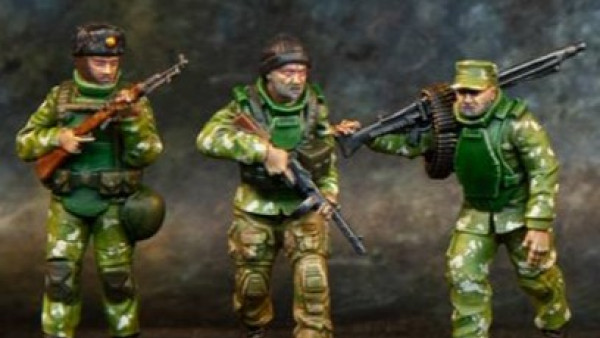
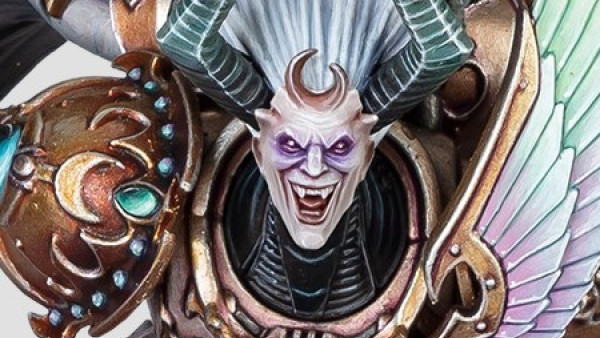
Leave a Reply